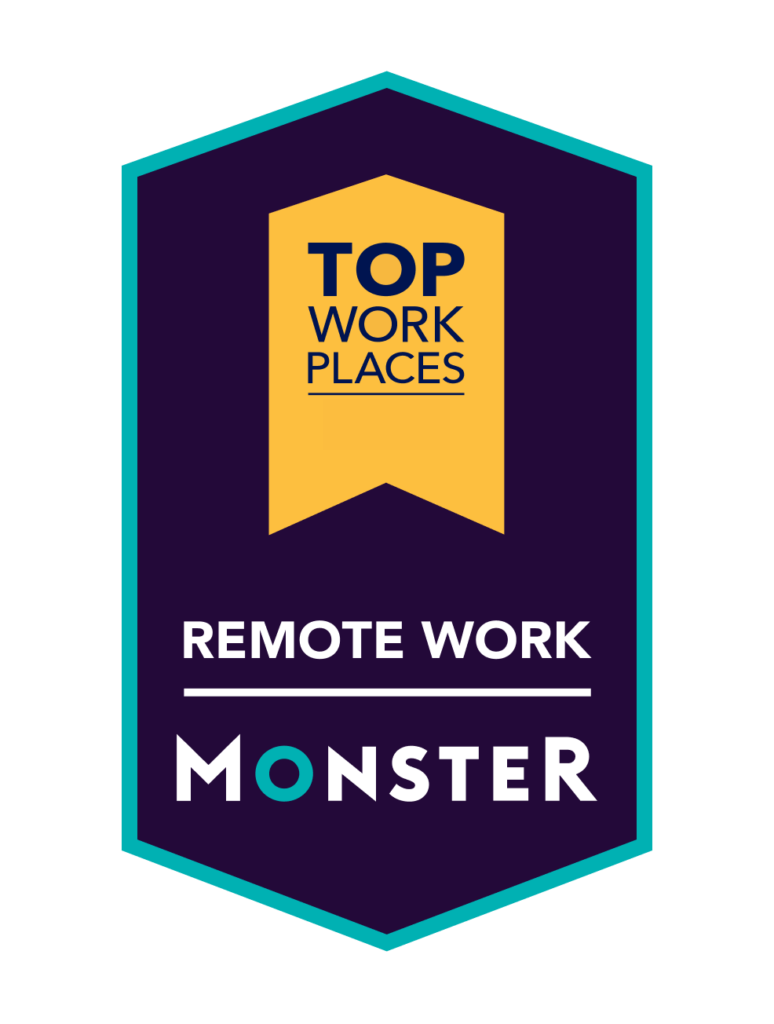By Dr. Eric Anderson
The FDA approved the use of tissue plasminogen activator for ischemic stroke in 1996. Over the next two decades, the literature on treating stroke patients with tPA as quickly as possible became widely accepted as the standard of care. The motto, “time is brain” is today well-known, a shorthand for the certain knowledge that the faster the signs of stroke can be identified and treated, the better the outcome for the patient.
And yet, since the FDA approval in 1996, it took 22 more years for Congress to mandate that Medicare reimburse for remote stroke care, or telestroke. The FAST (Furthering Access to Stroke Telemedicine) Act was signed into law on February 9, 2018 as part of a larger budget bill.
Despite everything we have known for decades—about how critical it is to expand access to this kind of care, to get the right care to the right person at the right time—it still took more than two decades and a coordinated, intense lobbying campaign on behalf of industry groups and tele-neurologists like myself to get that law passed.
Enter coronavirus. What was previously the work of years—even decades —of advocacy, has now been accomplished in a few short months. Barriers to care via telemedicine have fallen like dominoes. I spent a considerable amount of time advocating in-person in Washington D.C. for Congress to expand access to telestroke—now, that advocacy has shifted to focusing on making many of the temporary measures permanent.
The future is wide open. Although it is yet to be seen which regulatory waivers will become permanent, what’s clear is that healthcare has jumped years ahead in its acceptance of telemedicine, including its acceptance of teleNeurology.
Ushering teleNeurology toward remote care
This means it’s time to expand our focus out from telestroke to consider the other factors at work ushering neurology toward remote care. Stroke is the most well-established and well-known application, but stroke is in some ways just the leading indicator for a world in which the line between in-person neurology and neurologic care delivered remotely is blurred to the point of meaninglessness.
Here are four reasons why pre-existing trends in teleNeurology will continue to expand in a post-COVID world:
- Neurologic patients are often the most immobile. And their lack of mobility only increases the case for remote evaluations, consults, and follow-ups. Epileptic patients often can’t drive. Patients suffering from dementia often can’t go anywhere without a caregiver to take them, making getting across town to appointments all the more difficult. ALS and Parkinson’s patients similarly have mobility constraints, just as stroke patients do. It was difficult for those with neurological disease to get into a clinic even before coronavirus. But these are all patients for whom delivering more care remotely should be a top priority.
- Neurologic patients are often on immunosuppressants. One of the first things we learned about COVID-19 was that immuno-compromised patients were at greater risk. In neurology, those with multiple sclerosis or inflammatory patients are often on immunomodulatory medications or immunosuppressants. These patients don’t want to be in a waiting room with a bunch of sick people, and they shouldn’t be if it can be avoided. TeleNeurology is the answer.
- Physician uptake has catapulted years forward. The novel coronavirus has exposed thousands of neurologists to the practice of telemedicine, whether they wanted it or not. For many who I’ve spoken with, they have unexpectedly discovered that they love it, and it’s convenient for their patients. By necessity, telemedicine moves much of the paperwork and administrative hassle of practicing medicine to other online systems, so that when a patient comes online for a visit, the physician can focus on the patient care. For some neurologists, such as those specializing in neuromuscular disease, it’s simply the case that remote care isn’t a feasible option. But for many other types of neurologic disease, there are now thousands of physicians across the U.S. who believe in remote care, and like it.
- A new generation of direct to consumer wearable technology. A new generation of wearables is hitting its stride as devices which can provide the kind of continuous monitoring which previously was only possible in an on-site healthcare setting. But far from replacing traditional healthcare delivery, these devices are going to enable more remote teleNeurology. Multi-modal remote monitoring applications can help patients and their doctors manage multiple sclerosis, Parkinson’s disease, dementia, and more—all without coming into the office. This is good for patients, and good for those providers who can embrace and incorporate the new technologies into their care delivery.
Finally, if none of these trends have convinced you that there is a huge opportunity for teleNeurology, consider that there is an increasing shortage of neurologists at the same time that our population is living longer, and thus neurological disease is becoming more prevalent.
The Advisory Board estimates that demand for neurologists in 2025 will exceed supply by 19%. Meanwhile, the standard of care wait time for a neurological visit is supposed to be two weeks. But in 2012, the national average was 35 days, a number that has been growing since. Meaning that even prior to coronavirus, the need for teleNeurology was acute and growing. Now, we can’t ignore the reality: telestroke was just the tip of the iceberg.
******
Eric Anderson, MD, PhD is a teleNeurologist with Access TeleCare, and serves as Chair of Neurology, leading SOC’s Neurology Council. Dr. Anderson received his M.D. and Ph.D. degrees from the University of Nebraska Medical Center before completing his residency in Neurology at Emory University, where he was chief resident in 2013. Remaining at the University, he then completed his fellowship in Clinical Neurophysiology with a focus in epilepsy in 2014. Dr. Anderson is board-certified with the American Board of Psychiatry and Neurology and speaks nationally on the topics of telemedicine and mobile health.








